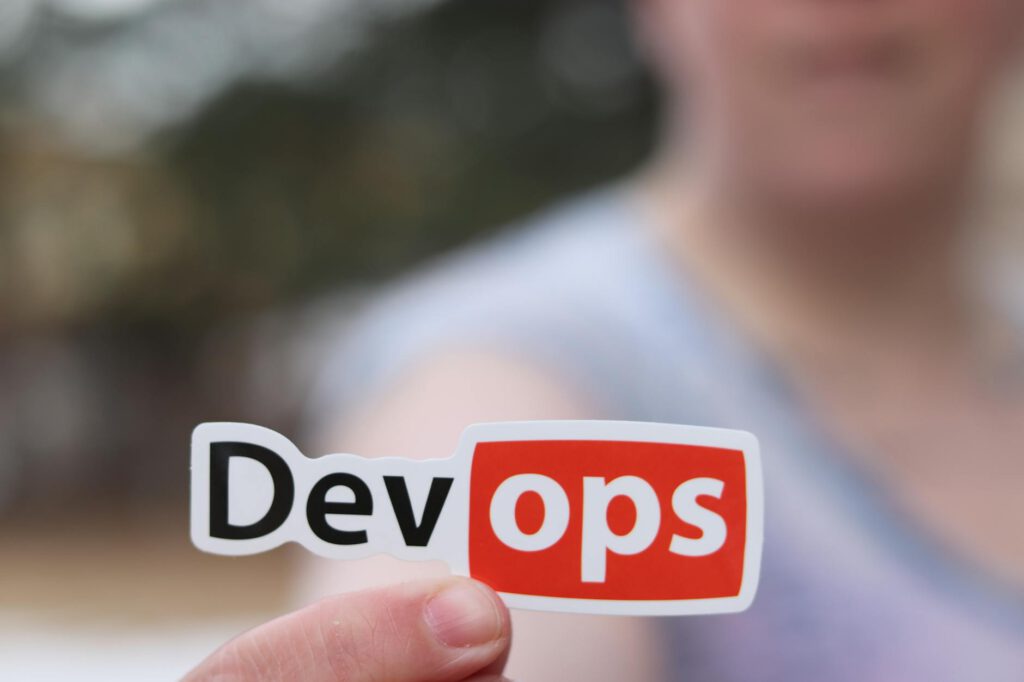Introduction
Email marketing remains one of the most effective channels for customer engagement, with an average ROI of $36 for every $1 spent. However, as inboxes become more crowded, marketers must find innovative ways to stand out. Artificial Intelligence (AI) is transforming email marketing by automating tasks, personalizing content, and optimizing campaigns for better performance.
Integrating AI into your email marketing workflow can save time, improve open rates, and boost conversions. This guide explores practical ways to leverage AI, from segmentation to predictive analytics, and provides actionable steps to implement these strategies effectively.
Why AI is a Game-Changer for Email Marketing
AI enhances email marketing by analyzing vast amounts of data to deliver hyper-personalized experiences. Unlike traditional methods, AI can predict customer behavior, automate A/B testing, and optimize send times—ensuring your emails resonate with recipients.
Key benefits include:
– Higher engagement: AI-driven personalization increases open and click-through rates.
– Time savings: Automation reduces manual tasks like segmentation and scheduling.
– Improved deliverability: AI helps avoid spam filters and ensures emails reach the inbox.
– Data-driven decisions: Predictive analytics refine targeting and content strategies.
Now, let’s dive into how you can integrate AI into your email marketing workflow.
1. AI-Powered Email Personalization
Personalization goes beyond using a recipient’s first name. AI analyzes customer behavior, purchase history, and preferences to tailor content dynamically.
How It Works
AI tools like Phrasee or Persado generate subject lines and email copy optimized for engagement. Meanwhile, platforms like HubSpot and Mailchimp use AI to recommend products or content based on past interactions.
Example:
An e-commerce brand uses AI to segment customers by browsing history. If a user frequently views running shoes, the AI sends emails featuring running gear, discounts, or related blog posts—increasing the likelihood of conversion.
Steps to Implement:
- Collect data: Use CRM and website analytics to gather customer insights.
- Choose an AI tool: Select a platform that integrates with your email service provider (ESP).
- Test and refine: Run AI-generated variations to see what resonates best.
2. Automated Segmentation and Targeting
Manual segmentation is time-consuming and often inaccurate. AI automates this process by clustering audiences based on behavior, demographics, and engagement patterns.
Strategies for AI-Driven Segmentation:
- Behavioral triggers: Send emails based on actions (e.g., cart abandonment, page visits).
- Predictive segmentation: AI identifies high-value customers likely to convert.
- Dynamic content: Show different products or offers based on user preferences.
Tools to Try:
– ActiveCampaign: Uses machine learning to segment and score leads.
– Klaviyo: Automates workflows based on predictive analytics.
3. Optimizing Send Times with AI
Timing significantly impacts open rates. AI analyzes when each subscriber is most active and schedules emails accordingly.
How to Leverage AI for Send-Time Optimization:
- Enable AI scheduling: Tools like Brevo (formerly Sendinblue) or Moosend predict optimal send times.
- Test time zones: AI adjusts for global audiences to maximize engagement.
- Monitor performance: Let AI refine timing based on real-time data.
4. AI-Generated Content and Copywriting
Creating engaging email copy can be challenging. AI-powered writing assistants help craft compelling subject lines, body text, and CTAs.
Best Practices:
- Use ChatGPT or Jasper for ideation and draft generation.
- Refine output to match brand voice—AI is a helper, not a replacement.
- A/B test AI-generated vs. human-written content to compare performance.
Example:
A travel agency uses AI to generate 10 subject line variations for a holiday campaign. After testing, the AI-suggested version (“Your Dream Vacation Awaits—50% Off!”) outperforms the manual option by 20%.
5. Predictive Analytics for Campaign Performance
AI doesn’t just react—it predicts. Predictive analytics forecast open rates, conversions, and churn, allowing marketers to adjust strategies proactively.
How to Use Predictive Analytics:
- Integrate AI tools: Platforms like Google Analytics 4 or IBM Watson offer predictive insights.
- Identify at-risk subscribers: AI flags inactive users for re-engagement campaigns.
- Forecast trends: Adjust email content based on predicted seasonal demand.
Tools and Resources for AI-Powered Email Marketing
Here are some top tools to integrate AI into your workflow:
– Mailchimp: AI-driven product recommendations and send-time optimization.
– HubSpot: Predictive lead scoring and content suggestions.
– Optimove: Uses AI for customer journey mapping and hyper-targeting.
– Seventh Sense: Optimizes email timing for HubSpot and Marketo users.
Pro Tip: Start with one AI feature (e.g., personalization) before scaling to advanced functions like predictive analytics.
Frequently Asked Questions
1. Is AI email marketing expensive?
Not necessarily. Many ESPs offer built-in AI features at no extra cost. Dedicated AI tools may require a subscription but often pay for themselves in improved ROI.
2. Will AI replace human marketers?
No. AI handles repetitive tasks and data analysis, but humans provide creativity, strategy, and emotional intelligence.
3. How do I ensure AI-generated emails don’t sound robotic?
Always review and tweak AI output to align with your brand voice. Use AI for inspiration, not full automation.
4. Can AI improve email deliverability?
Yes. AI helps avoid spam triggers, optimizes subject lines, and ensures emails land in the primary inbox.
Conclusion
AI is revolutionizing email marketing by making campaigns smarter, faster, and more personalized. From dynamic content to predictive analytics, these tools empower marketers to deliver the right message at the right time—without the manual grind.
To get started, identify one area of your workflow to enhance with AI (e.g., segmentation or send times). Test, measure, and scale your efforts as you see results. By integrating AI thoughtfully, you’ll stay ahead in the competitive inbox landscape and drive meaningful engagement with your audience.
Ready to transform your email strategy? Explore the tools mentioned and start leveraging AI today.

